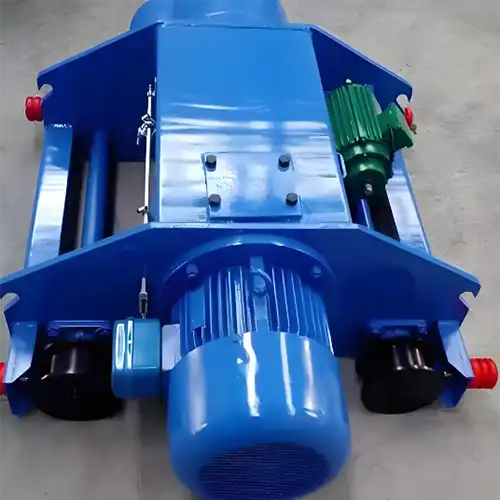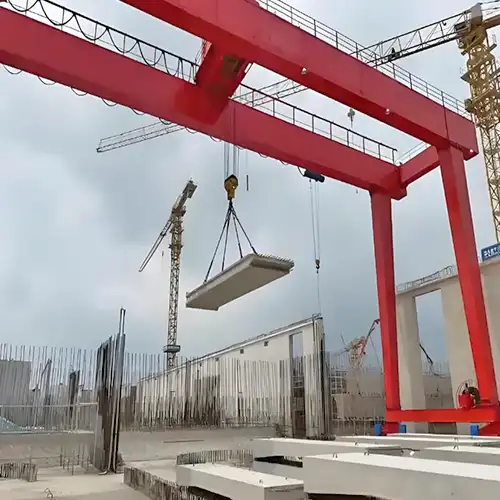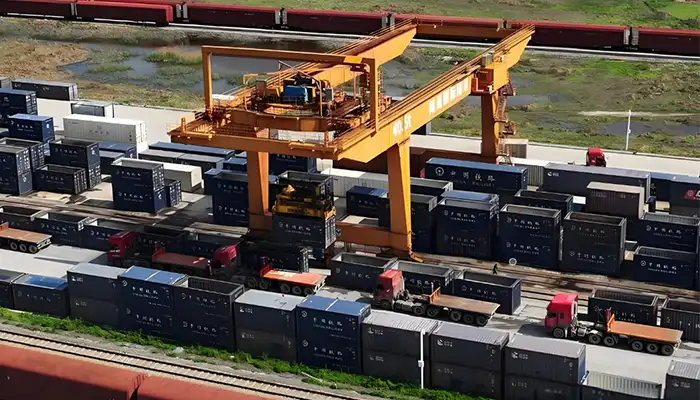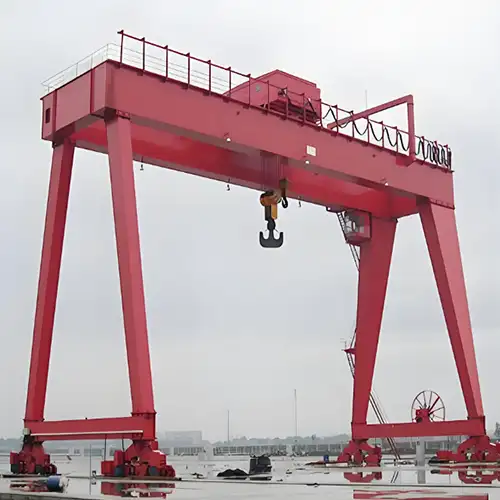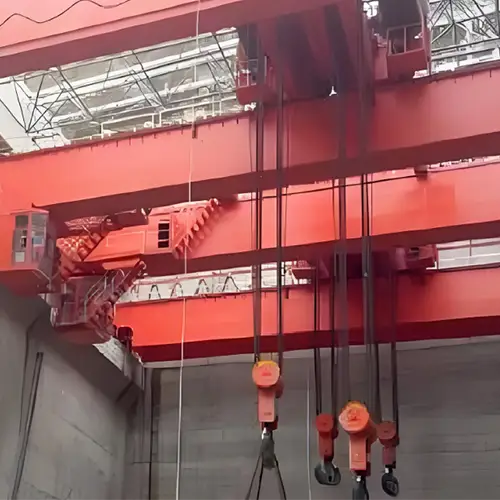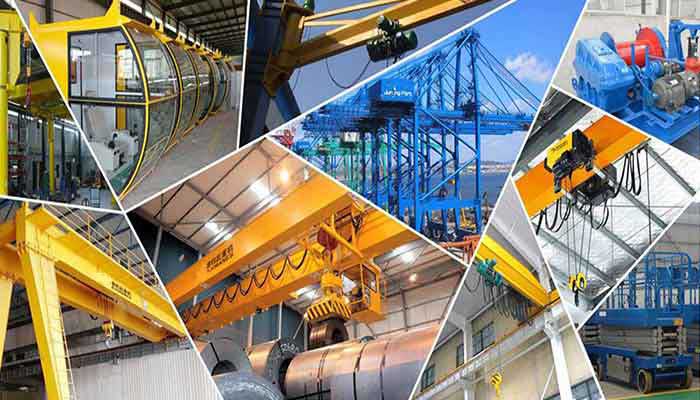
Overhead Crane Upgradation: Signs to Modernization Your Overhead Crane
If an overhead crane system is correctly engineered, installed, and maintained throughout its life, it can last for decades. However, feeling stuck with an expensive piece of equipment that has become unreliable, hazardous, and antiquated as your production demands have changed or your business has evolved may be disheartening. All of these can be changed with an upgrade or modernisation of your overhead crane equipment.
Individual components may deteriorate with time, but the overhead crane's structure has a longer lifespan. As newer and more efficient technologies become available, individual components of overhead cranes can be updated.
Fortunately, technological developments and technical advancements can extend the life of an overhead crane that is no longer efficient or does not satisfy the production needs for which it is now used.
As a specialized overhead crane service company, we provide one-stop overhead crane and hoist services, including modernizing and upgrading overhead crane equipment, etc. With more efficient hoists and drives, improvements to electrification and drive control systems, and so much more, we can custom-engineer solutions to extend the life and boost the production of your crane equipment.
Individual components may deteriorate with time, but the crane's structure has a longer lifespan. As newer and more efficient technologies become available, individual components can be updated.
Fortunately, technological developments and technical advancements can extend the life of an overhead crane that is no longer efficient or does not satisfy the production needs for which it is now used.
Hoist & Cranes for General Use

European standard overhead hoist crane, Small overhead crane:European single girder overhead cranes, compact FEM hoist crane design, small & light overhead hoist crane.
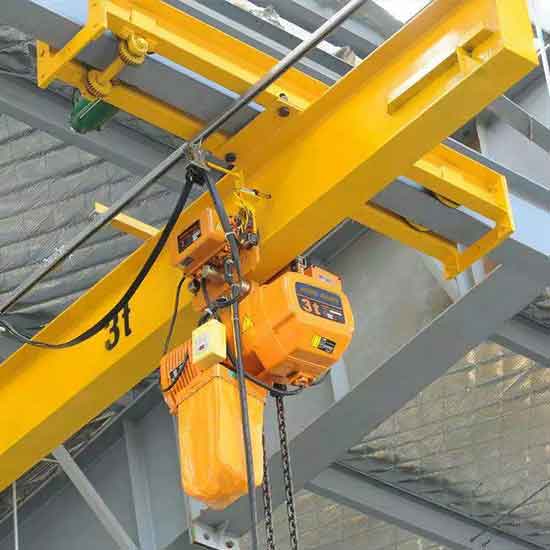
1 ton -10 ton underhung bridge crane, light single girder overhead crane design, suspended on overhead roof, free floor space, economical underhung crane.
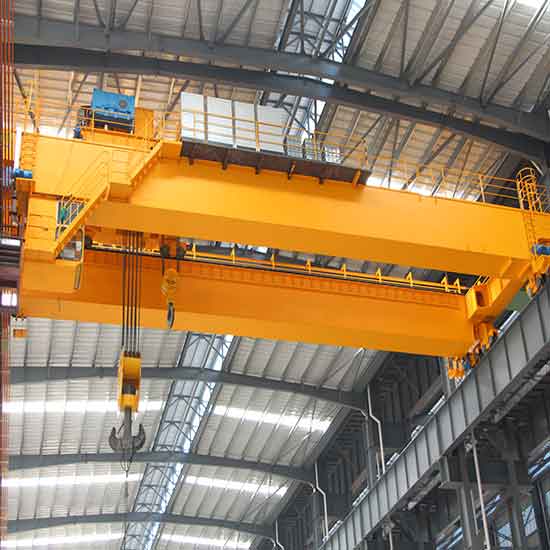
FEM/ DIN open winch bridge crane-European standard double girder overhead crane with open winch trolley, your heavy duty winch crane up to 320 ton.
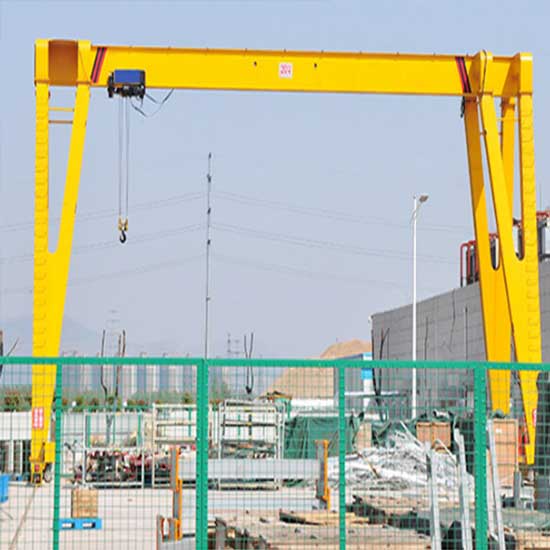
Single girder hoist gantry cranes, FEM,DIN & ISO standards: Single beam gantry cranes, European style box girder, FEM hoists for 3 ton, 5 ton, 10 ton, & 16 ton load handling.

European style double girder hoist trolley gantry cranes: European type double girder gantry cranes with FEM standard wire rope hoists trolley with capacity of 5 ton up to 75 ton for sale.
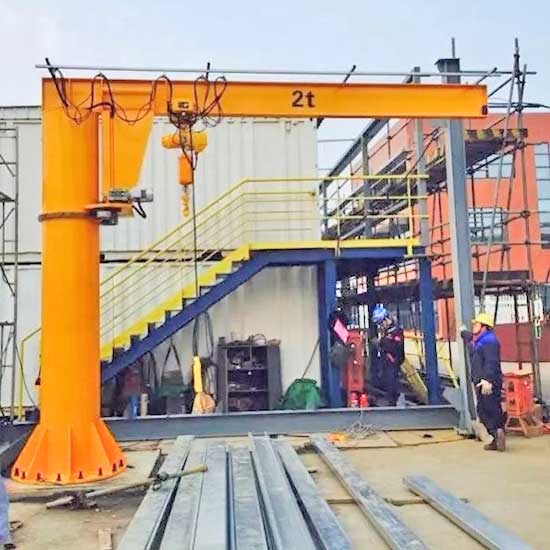
Free standing jib crane-Pillar mounted jib crane is a free standing jib crane with pillar jib mounted on floor, for short & crowded lifting, capacity up to 16 ton.
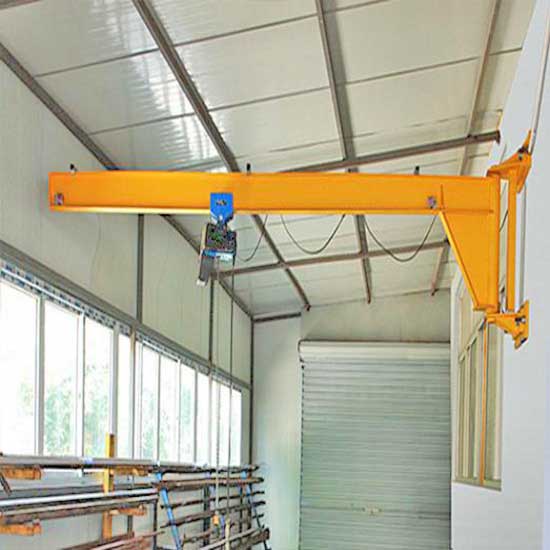
Wall mounted jib crane & wall bracket jib crane with I beam & tie rod design for light duty handling with capacity up 2 ton. or less building structure changes.
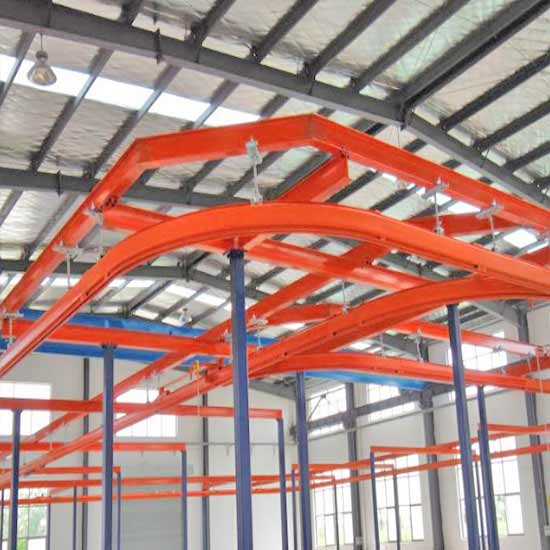
Light crane kbk system-kbk light crane systems, flexible kbk crane & rigid kbk crane, modular crane design, cost-effective workstation crane solution, tailored light duty bridge crane.
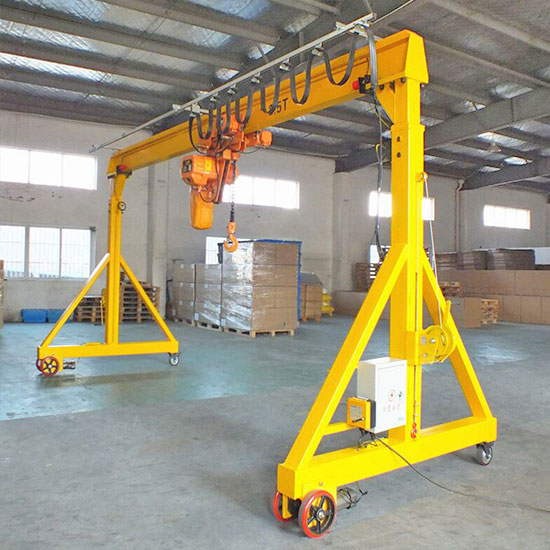
Portable gantry crane & Economical mobile gantry-250 kg - 10 ton portable gantry cranes & mobile gantry cranes with adjustable / fixed gantry for small & light material handling.
What are the benefits of upgrading or modernizing your overhead crane?
The main advantage of establishing an overhead crane system is the long lifespan you may expect once you've made the investment. While the crane's components wear down over time and may need to be repaired or replaced, the crane's structure has a longer life expectancy than the other components. This enables you to upgrade or modernize specific crane components as newer, more efficient technologies become available, all while maintaining the main runway and girder structures.
So, what's the point of upgrading your overhead crane system? Let's look at some of the reasons why you might want to upgrade the components of your overhead crane.
To avoid premature wear or failure, each individual component, such as the controls, hoist, end trucks, trolley, and drive systems, must be set to a specific duty cycle or crane service classification.
Your lifting or production needs have changed
You may have been utilizing your overhead crane system without issue for years, but your production requirements have changed as a result of one or more of the following factors:
- The timetable has been updated to include another production shift.
- You're lifting different or heavier materials, which necessitates higher lift rates and more precise controls.
- You're doing more lifts per shift or relying on the crane more.
Each component of your overhead crane system, including the controls, hoist, end trucks, trolley, and drive systems, was developed with a specific duty cycle or crane service classification in mind. If the increased production demands exceed the duty cycle or service classification of the existing crane components, this can impose a strain on the crane equipment. If your crane components aren't properly inspected, serviced, and maintained, this will lead to premature wear or even failure over time.
Consider the braking system of your crane. If you have to continuously replacing the brakes on your crane over time because the load it's carrying has become heavier than what the brakes were designed for, the brakes will be put under more pressure to slow and stop the crane's motion. This extra stress will cause the brakes to wear out prematurely, necessitating more frequent repair and higher maintenance expenditures. These additional costs pile up over time and can end up costing more in the long run than simply upgrading and replacing the entire brake system with something more solid.
Crane components are experiencing excessive wear or requiring frequent repair
Heavy-duty overhead crane components may be displaying signs of excessive wear, or you may be seeing more frequent shutdowns for service or repairs. When compared to the cost of a new replacement component, the expense of repeated repairs can add up over time (brake systems for example).
- You must include in not only the cost of the repair call and replacement parts, but also the genuine cost of shutting down your operation if your crane equipment fails.
- You must account for the cost of equipment downtime, lost production costs, and missed worker production time. Downtime can cost tens of thousands of dollars per hour in some manufacturing setups!
- Cranes that are older may require additional maintenance and repairs. While your crane system may be physically strong, you should consider updating or replacing any individual components that need to be maintained or replaced on a regular basis.
- Consider this: if you had a work truck that was continually in need of new shocks, you could decide that it's more cost-effective to install a heavier-duty set of shocks and springs that can withstand the demands of your daily driving and hauling needs.
If you find yourself changing or repairing the same crane parts on a regular basis, it might be time to schedule a consultation with a professional crane expert who can check your crane equipment and provide recommendations for replacement or upgrade.
Issues with the crane's equipment were discovered during an inspection.
Regularly inspecting your overhead crane can help you stay compliant with industry requirements while also detecting symptoms of wear or abnormalities in the entire crane system or specific crane components.
The frequency of inspections for overhead cranes is governed by OSHA, ASME, and the CMAA. Establishing a regular inspection routine may assist keep your crane and hoist equipment in top working order, keep the operator and other people safe, prevent costly downtime, and extend the equipment's life.
Regular examination also aids in detecting symptoms of wear and abnormalities in both the entire crane system and individual components. If you discover that particular components are wearing quicker than expected during an inspection, you may be able to replace them with components that are stronger, perform better, and require less maintenance. That is one of the advantages of replacing a 15-20-year-old component with a fresh and modern design.
You might also discover that an industry sanctioning body, such as OSHA, ASME, HMI, or CMAA, has changed one of their standards. What was acceptable in the past in terms of wear and fatigue tolerances for specific crane components may no longer be in conformity with current safety and design requirements or best practices. Using components that meet or exceed the latest industry standards to modernize your overhead crane will help you stay in compliance and keep your employees safe.
Finding replacement parts is getting difficult
Replacement parts for specific crane components might become increasingly difficult to come by as cranes age. The original equipment manufacturer may have gone out of business, lost its distribution network, or the parts themselves may be obsolete. It can be difficult to acquire direct replacement components for older cranes, and even if you do, they may have excessively long lead times and be quite expensive.
Some crane service businesses can reverse engineer or rebuild parts for older crane systems, but because these are typically custom-designed and one-off builds, this can result in expensive costs and long lead times.
In some cases, upgrading or modernizing your crane's broken or worn-down parts may be the simplest and most cost-effective solution. Not only do you receive the benefit of a brand new component with a modern design, but you also know that if it needs to be repaired or replaced in the future, finding replacement parts will be easier and more cost-effective.
You want to make your overhead lifts safer and more efficient.
Over time, there has been a trend toward moving operators out of the cabs and onto the floor, where they are closer to the load and have greater visibility and perspective points for lifting and lowering loads.
Most companies with older cranes are upgrading and modernizing their control systems, as well as replacing the operator cab with push button pendant or remote radio controls.
Open or enclosed operator cabs were typical on most crane systems, albeit they are no longer as prevalent as they once were. The crane operator sat in a cab attached to the crane's bridge, relying on other people on the floor for signals and direction as they lifted, lowered, and maneuvered the crane's hook to transfer a load safely through a facility. You can reduce the number of people needed to move and operate the crane by moving the operator to the ground, and in most cases, the operator can load, move, and unload the crane himself.
Companies are changing to pendant or radio controls for a variety of reasons, the most significant of which being safety. While the crane goes around the bay, the operator has a far better vantage point from the ground to recognize and react to impediments, personnel, and hazards.
You're thinking of getting a new overhead crane system.
It's easy to succumb to the thought of purchasing a brand new crane system if your overhead crane system has become a maintenance problem or is no longer a trustworthy piece of equipment. While the thought of a completely new system is appealing, it may not be the most cost-effective option. At a fraction of the cost of a new overhead crane, you can still upgrade one or more component systems on an overhead crane.
If you have outdated crane equipment, you should think about the return on your initial investment. You've probably paid off, or are on the verge of paying off, the initial investment. As previously stated, the actual structural components of the crane are extremely rarely required to be updated.
In addition, an overhead crane update or modernization can be done in stages to spread out the expense and create less interruption and downtime, which might damage your company's production and manufacturing output. Consider how long your crane system would be down if all of its structural, mechanical, and electrical components had to be replaced.
The majority of crane improvements involve improving or modernizing the crane's electrical or mechanical systems. The crane's support structure (including runways, supports, and girders) might be the most expensive component of an overhead crane system due to the cost and shipping of the material.
We usually advise estimating the cost of modernizing or updating your overhead crane and comparing it to the cost of an upgrade.
If the cost of upgrading or modernizing your crane surpasses 65 percent of the cost of a new overhead crane, it may be more cost-effective to purchase a whole new replacement system.
Whatare the upgradeable parts of an overhead crane system?
Modernizing an overhead crane can be as easy as changing a single component or as complex as replacing numerous component systems. Many crane owners will invest in the upgrade and replacement of several components of an old crane system on a "a-la-carte" basis. In this section, we'll go over the many components of an overhead crane that can be improved, as well as the benefits they provide to the crane system's efficiency and capabilities.
Overhead crane control systems
Modern radio controls have diagnostics and monitoring features that provide real-time data like as fault codes, the number of lifts and cycles completed by the drives, lift capacity, maintenance plans, and more.
When switching from pendant to radio controls on contemporary cranes, there is an added safety benefit. Radio controls use a transmitter and receiver to work remotely and do not require the operator to be connected to the crane like a pendant system requires. As the crane advances along the bay, the operator can operate away from the load as well as other impediments or trip hazards.
Diagnostics and monitoring are also available with modern radio controllers (off-site or on-site). Crane operators and production staff can now examine real-time diagnostic data on mobile devices, tablets, workstation PCs, or an operator's "belly box," which includes:
- lFault codes are a type of error code.
- lNumber of lifts and cycles completed by the drives Capacity of lifts
- lRequirements for particular components in terms of maintenance
- lVoltage and amp draw
Overhead crane drive controls were frequently single-speed, two-speed, or fixed-speed for many years. Because the crane's starting and stopping can be somewhat abrupt, these types of drives can be quite harsh on the brakes, gearboxes, couplers, and girders.
Microprocessors now manage all components of the drive system, resulting in better acceleration and deceleration curves, thanks to the introduction of variable frequency drives. This enables for smooth starts, transitions, and stops, reducing the strain on gear boxes, couplers, girders, and other crane components significantly.
Because the computer controls and slows down the motor, the brakes primarily serve as a control to keep the crane from moving, this considerably extends the life of the brake system. You also get significantly less load swing because the crane movies in a controlled manner, making it safer for everyone on the floor by removing the crane's abrupt starting and stopping.
System of Brakes
Replacement parts for a crane's brake system, like many other components of an overhead crane, can be difficult to come by.
Newer technology such as wear sensors and auto-adjust features are also unavailable to overhead cranes with earlier brake systems. Auto-adjust features ensure that the brake is always in proper adjustment and eliminate the need for maintenance or service workers to manually adjust the brakes on a regular basis. As a result, the brake pads wear evenly and the moving components experience less wear and strain.
If you opt to improve your crane's brake system at the same time as adding variable frequency drive controls, you can drastically minimize brake wear and maintenance. The use of a microprocessor to control the engine and slow the crane's motion rather than the brakes can extend the life of the brake system.

crane brake for overhead crane system

crane brake for overhead crane system

crane brake for overhead crane system
Trolley, Hoist, and Gear Box
Take into account the amount of manufacturing shifts, the weight of the loads you're lifting, and the lifts per hour frequency. This ensures that your new hoist is designed and manufactured to withstand the demands of the job at hand.
An overhead crane's hoist is frequently considered an age-related replacement. It may be time to upgrade to a newer model if you've been using the same hoist for a while and the gear box has become worn.
Replacement parts for hoists and gear boxes might become increasingly difficult to come by over time. Even a model that is 10-15 years old may include parts that are no longer available or difficult to get. Obtaining these hoist components might be costly, as the price may rise if the parts are difficult to come by. It can also result in costly production downtime if the items you need replaced or reverse-engineered have extensive lead times.
A change in production requirements may necessitate the replacement of your overhead crane's hoist. You may need to upgrade to a hoist that fulfills the required service criteria if you're introducing a new manufacturing shift or starting to make heavier or more frequent lifts throughout the day. This ensures that your new hoist is designed and manufactured to withstand the demands of the job at hand.
For electric hoists, HMI/ASME defines five duty cycle classes that take into account the following factors:
- Average daily operating time
- Load spectrum
- Operating times
- Starts per hour
- Operating periods
- ·Life expectancy of equipment
Replacement gears and internal components for gear boxes have the longest lead times. Individual components of overhead crane gear boxes are fixed or replaced because most kinds aren't commercially available. Also, especially for the heavy-duty and higher-end boxes, there aren't many repair or rebuild kits available. Due to machining and heat-treating of the components for strength and longevity, manufacturing or reverse-engineering of these gears and components can take a lengthy time.
Trucks and wheels must come to an end
Uneven and excessive wear of the end truck wheels is one of the most typical difficulties with overhead cranes. Because of typical wear and tear, the wheels on an overhead crane may require more frequent maintenance, replacement, and adjustment than other components. However, as it proceeds down the runway, a crane that is out of alignment or lifting weights outside of the capacities and service classes for which it was intended would impose additional stress on the end truck and wheels.
You can upgrade to wheels made of a harder material that is best suited for the application and for the hardness of the rail itself. A wheel that is harder than the hardness of the rail will begin to cause excessive wear to the rail or beam itself, so make sure that the wheels were made specifically for the rail they're running on.
The majority of crane wheels are made from high-carbon steel, but can also be made of polyurethane, alloys, cast steel, and or medium-carbon steel. Carbon steels will increase the hardness of the wheel, and heat-treating can also be used to increase the hardness as well.
It can be difficult to get earlier style bearings or cast wheel replacements as wheels and end trucks age; your best bet may be to upgrade the complete end truck. When you change the drives, couplings, controls, or electrification on your crane, you can also choose to modernize the end trucks or wheels. You can often improve the efficiency and performance of your crane right away by upgrading and merging numerous components, particularly when it comes to the drives and controls.
System of Electrification
Upgrading to a contemporary electrical system will clean up and organize cluttered control panels, give intrinsic safety features, and increase the efficiency of your electrical system, resulting in lower energy costs.
The electrical system of an overhead crane can cause more downtime than anything else. Service calls for loose or damaged wires, shorts in electrical connections, and blown fuses can all result in equipment and production downtime.
On older cranes, the original electrical systems were not well-engineered or planned. Uninsulated and bare copper cabling was frequently used with the sole purpose of supplying electricity to the crane. As a result of different service personnel digging into and trying to patch together a fix over time, your primary control panel may look like a rats' nest of tangled and unlabeled cables.
You have the added benefit of a greater efficiency system when you upgrade an older crane's electrical system, which can convert into energy cost reductions. A new electrical system in your crane equipment could also convert into an energy credit, which could save you money when it comes time to submit your taxes.
Upgrading to a more modern electrical system includes built-in safety features. All new wire is insulated or shielded, and it should be routed neatly during the installation process with obvious markings or indicators.
You may extend the life and improve the efficiency and dependability of your other electrical components, such as your overhead crane's control systems, drives, and other structural and mechanical devices, by installing a modernized electrical system.
You should also be aware that if your crane system is currently powered by 3-bar conductors, you are not in conformity with industry regulations.
There are no exclusions or grandfather clauses in the current design specifications for overhead cranes, which mandate the use of 4-bar conductors with a ground. You must modernize your electrification system quickly if you are still using 3-bar conductors.
Components of the runway and structural design
An overhead crane's structural components can be replaced if necessary, but when designed and installed properly and inspected on a regular basis, they can outlast other crane and electrical components.
An overhead crane's structural components can be replaced if necessary, but when built and installed properly, they can last significantly longer than other crane and electrical components.
One of the most expensive jobs you can undertake is replacing or improving the runways, girders, or tie-back supports. You've probably already had an engineering team come in to give a structural survey and foundation assessment of your structure and flooring as part of this procedure. You may have also had a reliability survey performed on your overhead crane to determine how much life is left in the crane's and structural support's components.
At this point, you'll need to compare the cost of replacing cracked, bent, warped, or corroded runway or bridge beams (together with any other components that have reached the end of their useful life) versus the cost of installing a new overhead crane system.
Get your overhead crane upgraded and modenized
As a crane manufacturer and supplier, we recognize the value of a well-functioning and dependable crane to your company. An overhead crane upgrade or modernisation can extend the life of an unstable crane system while also making it more productive, efficient, and safe.
We can service any make or model of overhead equipment, and we take pride in providing prompt, high-quality service 24 hours a day, seven days a week. All of our work is also done in accordance with OSHA and associated guidelines.









